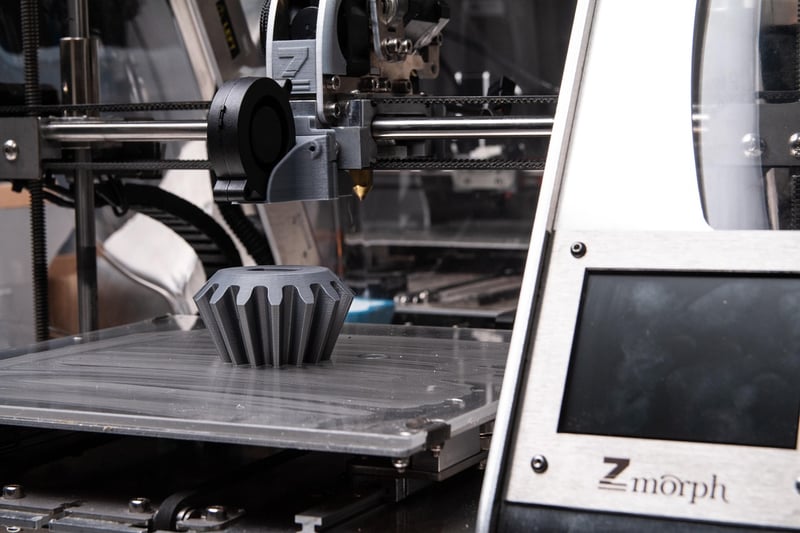3D Printed Food
The Fascinating World of 3D Printed Food
Technology has revolutionized many aspects of our lives, including the way we prepare and consume food. One of the most exciting developments in this intersection of food and tech is the emergence of 3D printed food. Imagine being able to customize the shape, texture, and even nutritional content of your meal with just a few clicks!
How Does 3D Printed Food Work?
3D printed food involves using specialized food-grade 3D printers that extrude layers of edible ingredients to create intricate and unique dishes. These printers can produce food in various shapes and sizes, limited only by the imagination of the chef or designer.
Benefits of 3D Printed Food
- Personalization: With 3D printed food, individuals can tailor their meals to meet their specific dietary needs and preferences.
- Sustainability: This technology has the potential to reduce food waste by optimizing ingredient use and minimizing leftovers.
- Creativity: Chefs and food enthusiasts can experiment with unconventional shapes and textures, leading to innovative culinary creations.
Challenges and Future Prospects
While 3D printed food holds immense promise, there are still challenges to overcome, such as taste and texture issues. However, ongoing research and development aim to enhance the overall quality of 3D printed meals, making them more palatable and appealing to a wider audience.
Examples of 3D Printed Food
Several companies and chefs have already delved into the world of 3D printed food, showcasing the potential of this technology. From intricate chocolate sculptures to personalized pizza toppings, the possibilities are endless.
Exploring Further
If you're intrigued by the concept of 3D printed food and want to learn more, check out some of the resources below:
Embrace the future of food with 3D printed meals that blend technology and culinary artistry in a truly innovative way!

